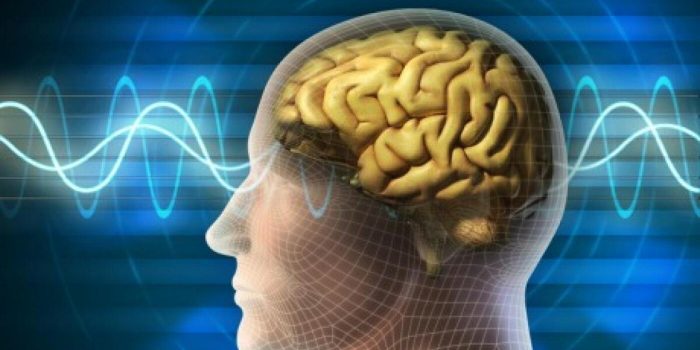Researchers have found a way to use breathing movements for powering deep brain simulators.
Around 150,000 deep brain stimulators are implanted annually. The brain is zapped by the electrodes with electrical pulses several times per second to regulate the brain’s abnormal electrical activity, according to a press release published by the University of Connecticut on November 7.
It has been researched that brain stimulators can help people with Parkinson’s disease and massively reduce the symptoms of psychiatric conditions like treatment-resistant depression and obsessive-compulsive disorder.

These simulators rely on batteries and will have to be replaced every two-three years because of their “high energy consumption.” Each time, surgery would be the way to go.
Chemists from the University of Connecticut, Esraa Elsanadidy, Islam Mosa, James Rusling, and their team have come up with a way that does not need batteries at all!
As the person inhales and exhales, the chest wall is pressed on a small and thin electric generator called a triboelectric nanogenerator.
The nanogenerator changes that movement into static electricity. Current is created In the deep brain stimulator’s triboelectric nanogenerator. This charges a supercapacitor that slowly discharges the electricity which powers the medical device and triggers the brain.
“We created our triboelectric nanogenerator using new nanomaterials which produce significant energy output when they come in contact with each other, enough energy to run the deep brain stimulator,” Elsanadidy said in a statement.

“We wanted to make this fit in with the rest of the available technology in the usual way. In principle, if someone already has a deep brain stimulator, we could just replace the battery with this generator without having to retrofit them with a wholly new device,” said UConn chemist Jim Rusling.
“This is the first system that combines all the pieces; efficient energy harvesting, energy storage, and the controlled brain stimulator. We demonstrated that our self-sustainable deep brain stimulator can intermittently stimulate the brain tissue by alternating periods of stimulation and periods of no stimulation, which is an effective deep brain stimulation approach for treating psychiatric conditions,” said Mosa.
The study paper was published in Cell Reports Physical Sciences.


